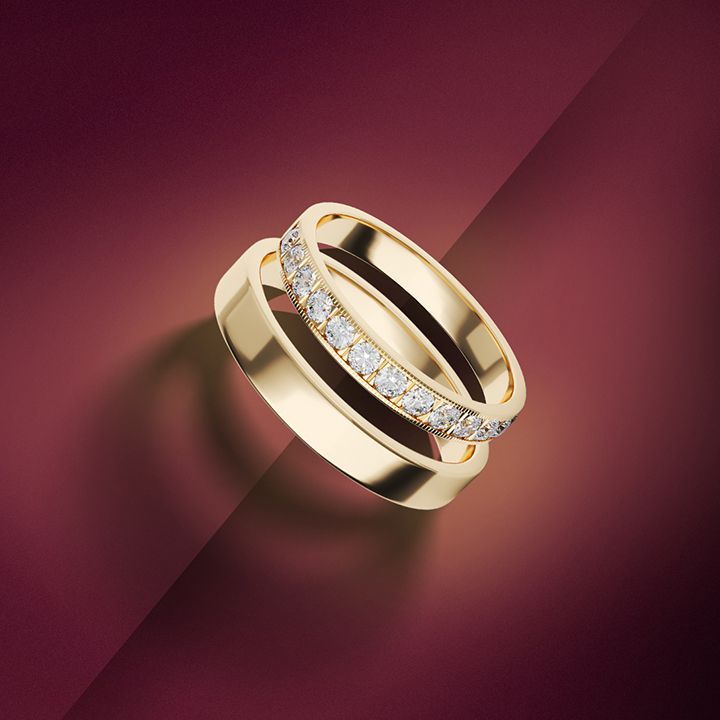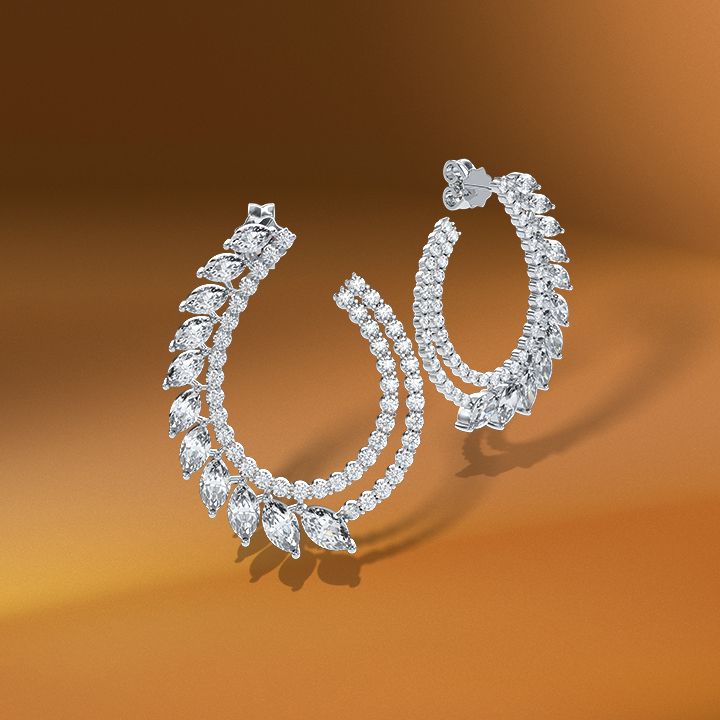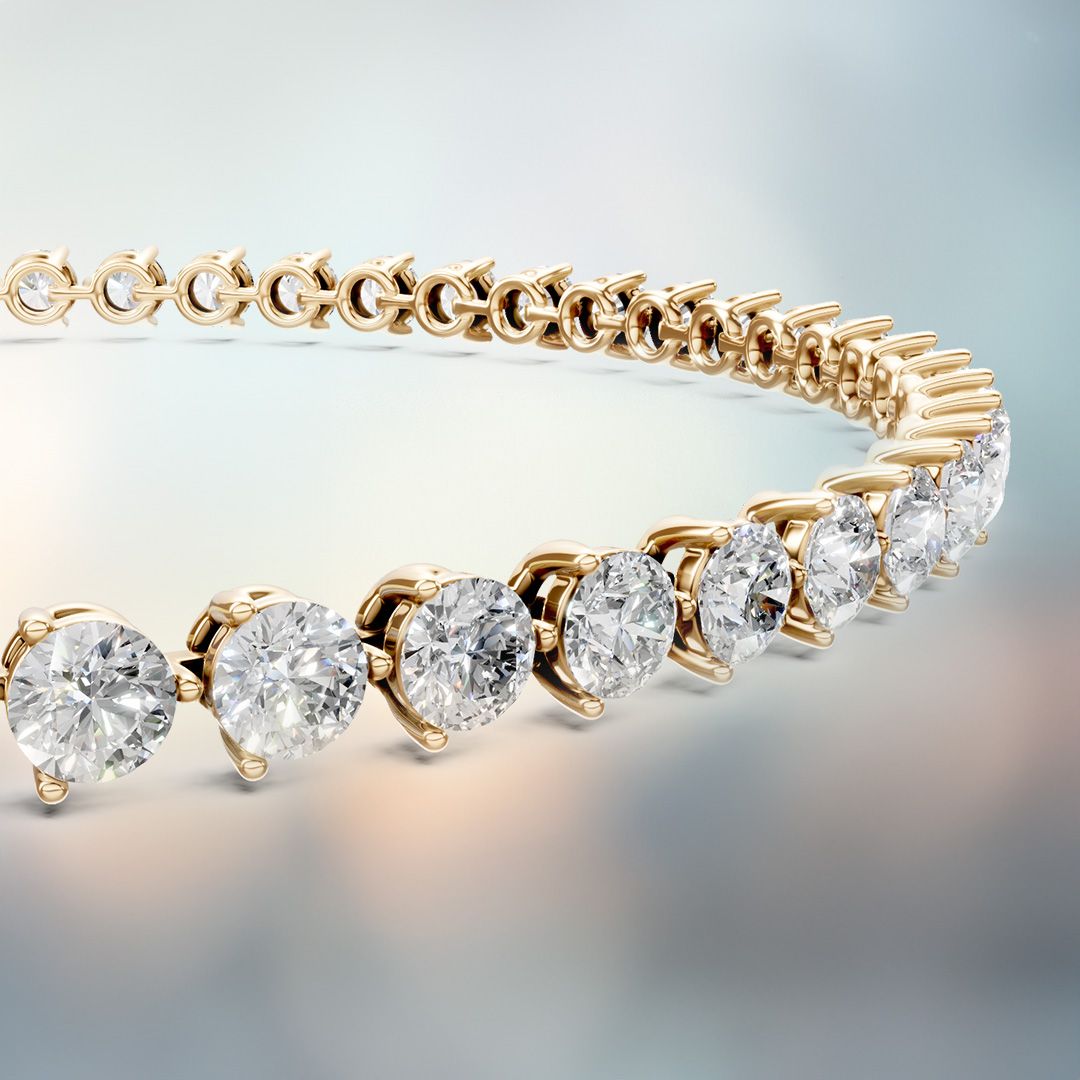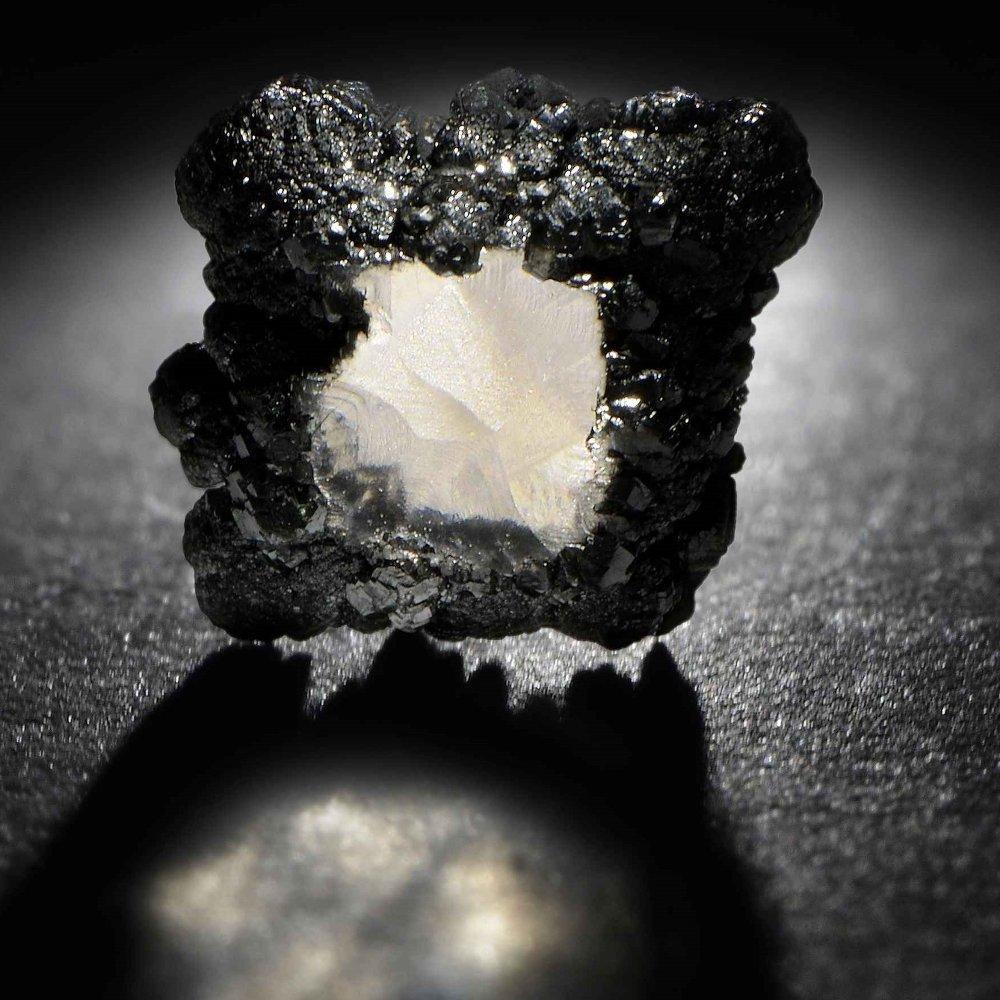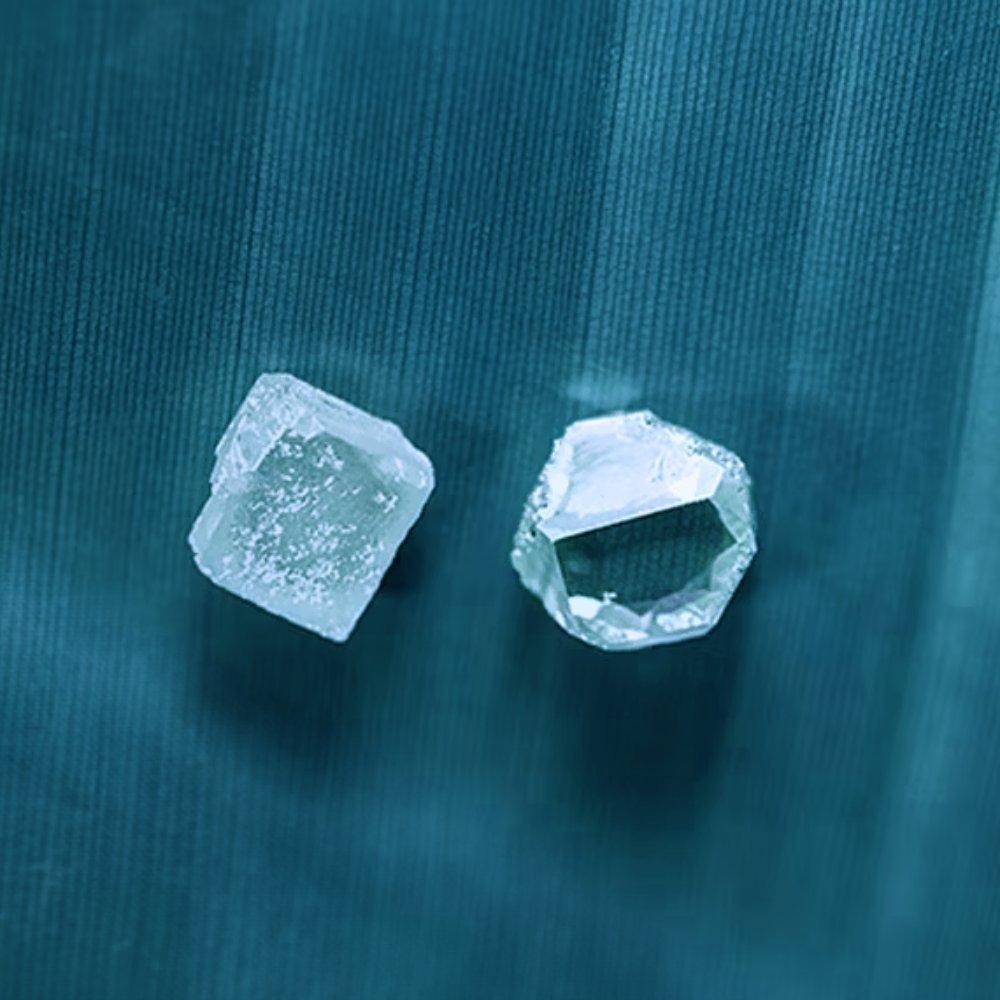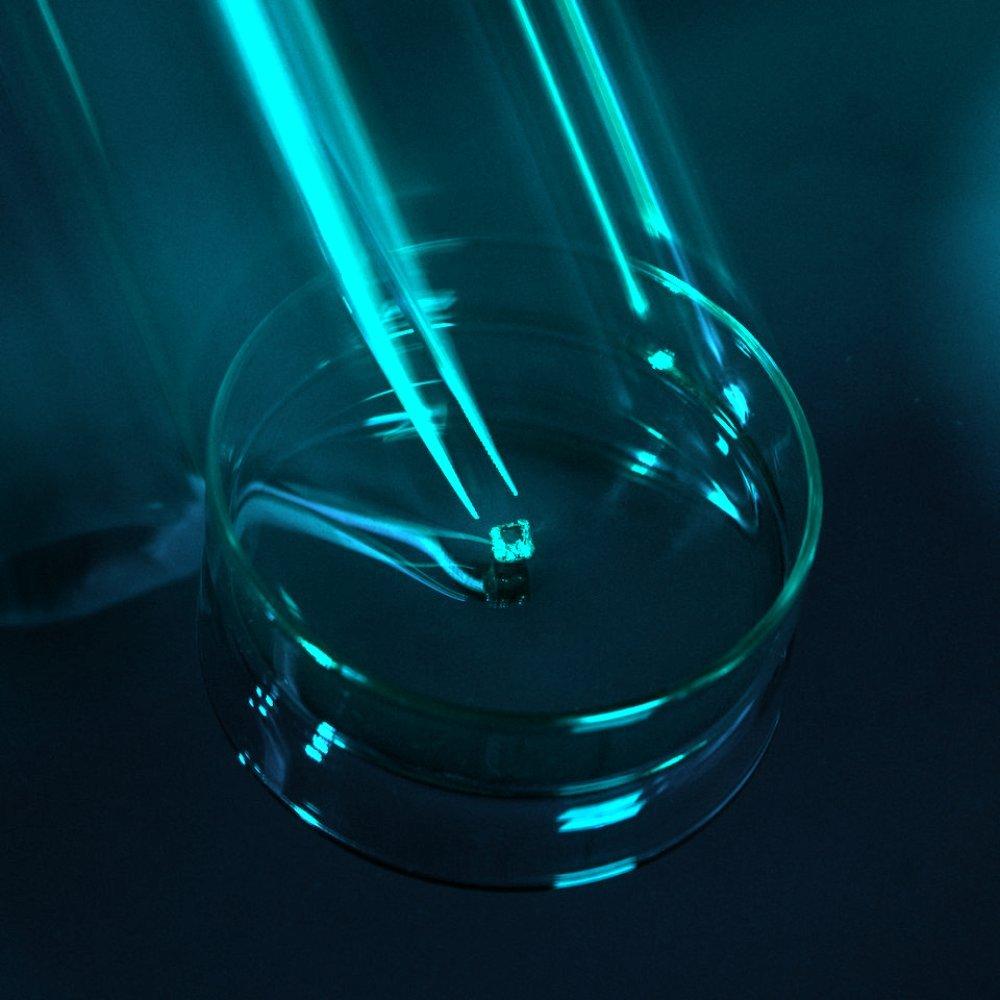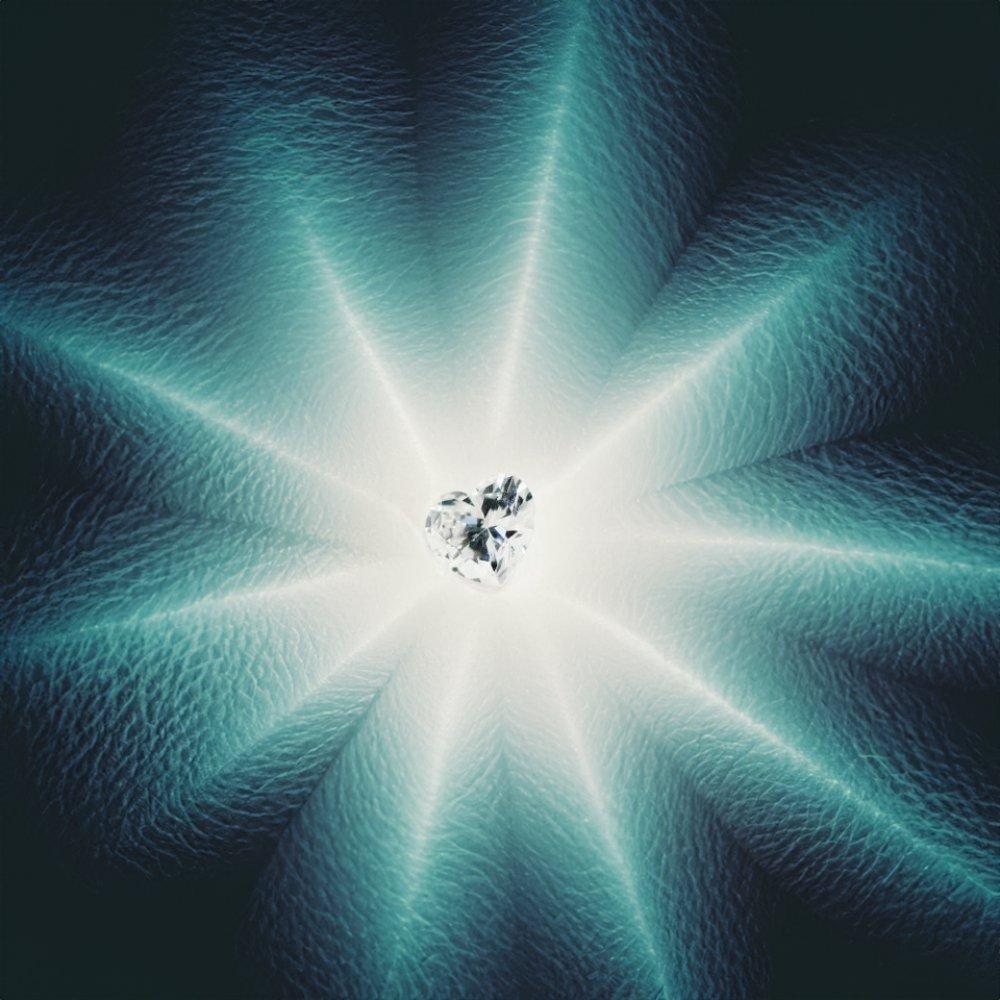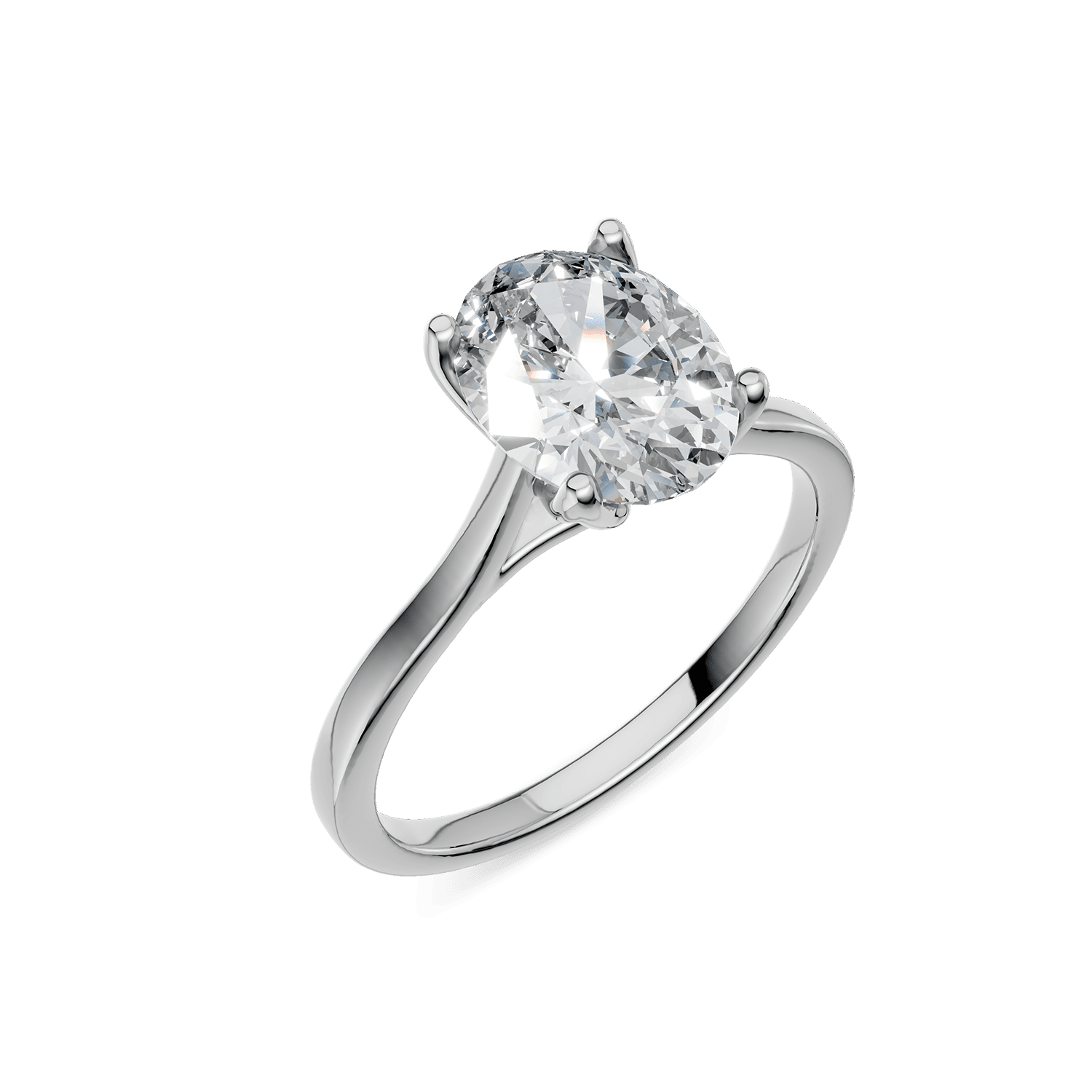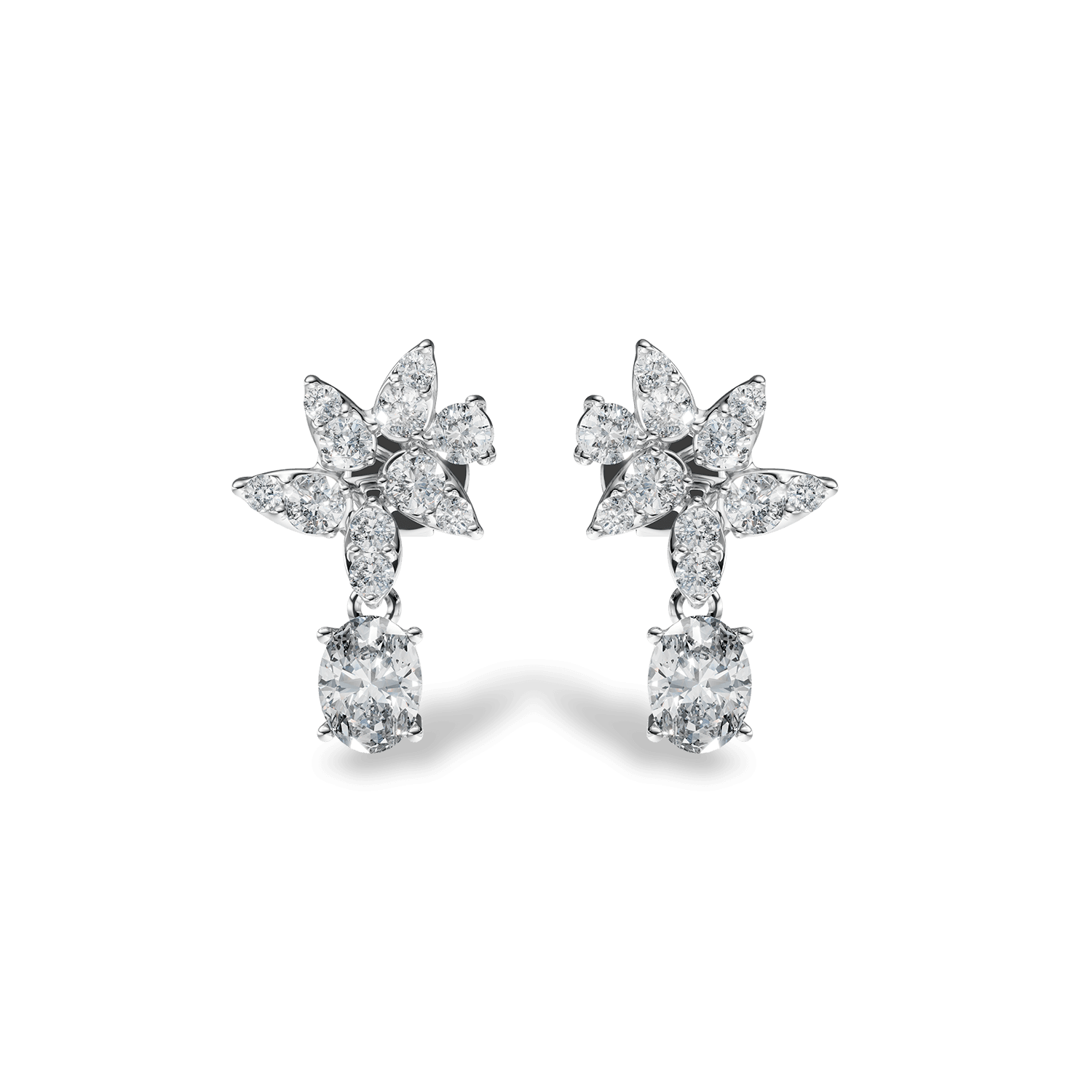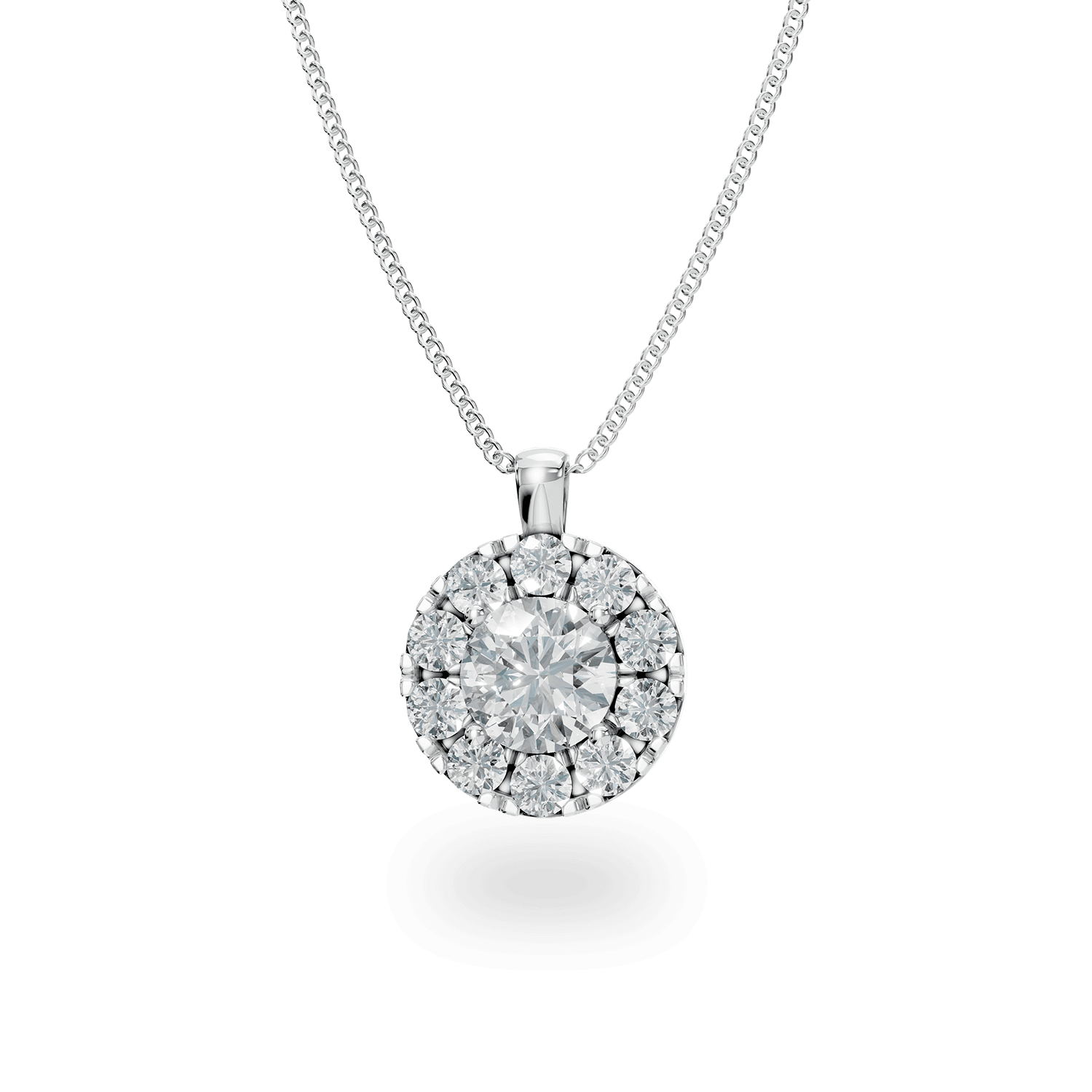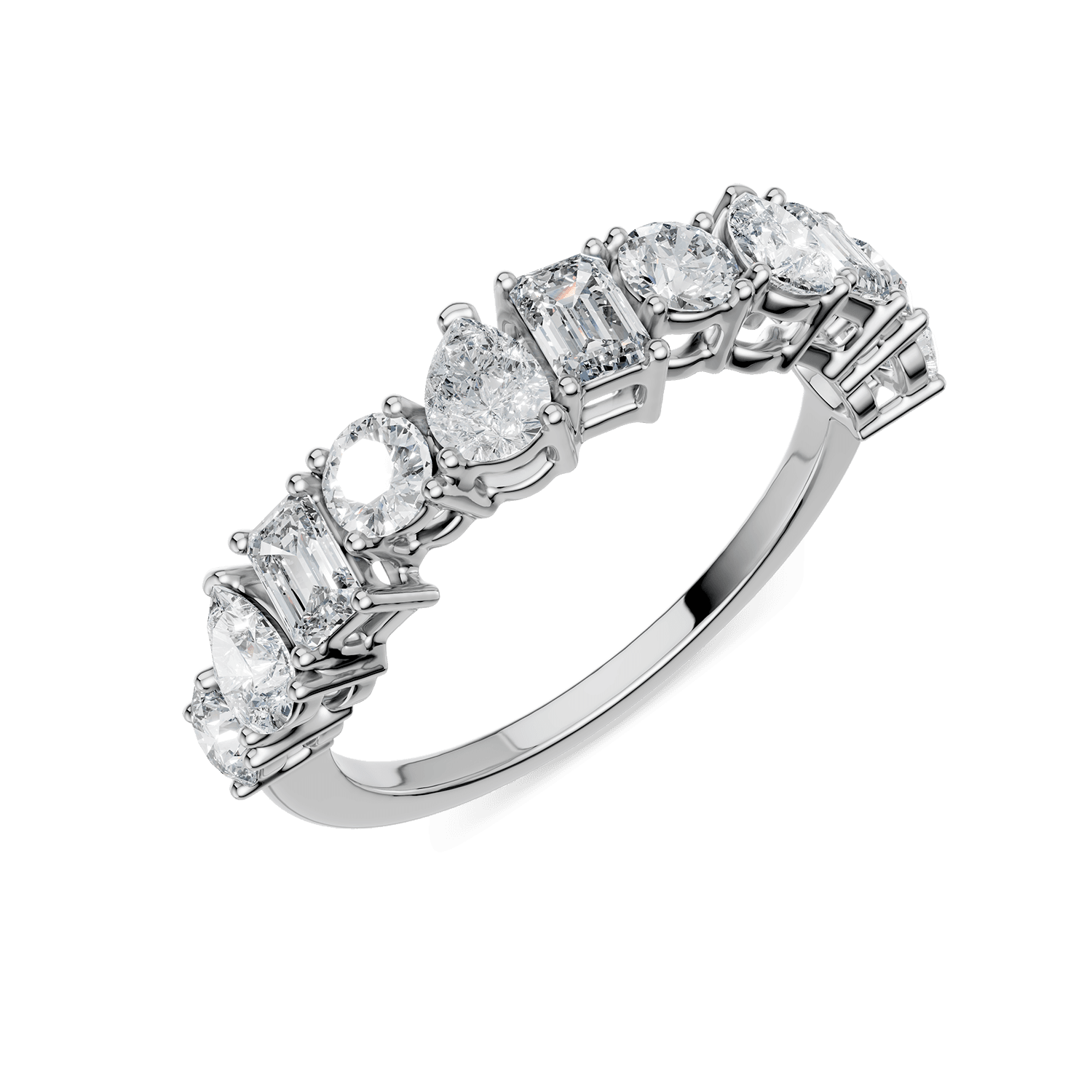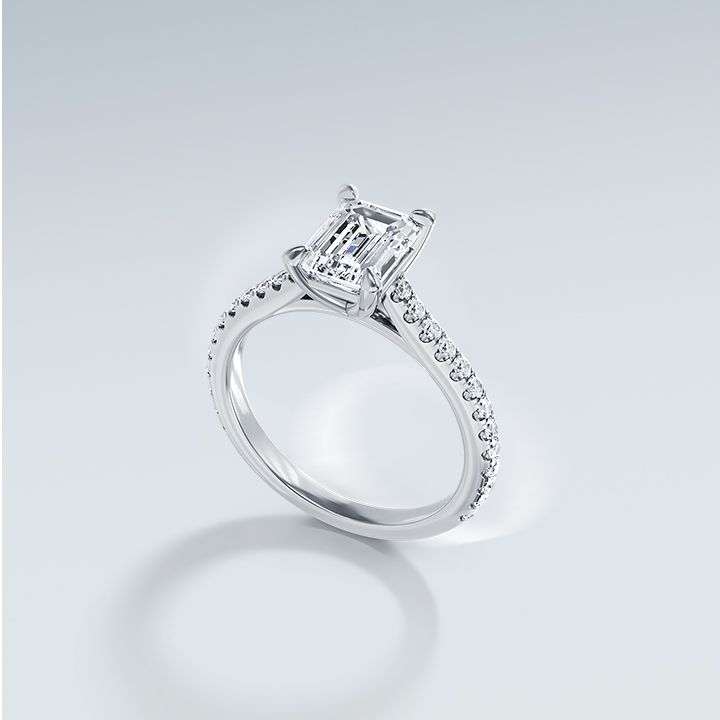
A new story for TEILOR, a big step for those who love jewellery
In over two decades, TEILOR learned to do things for the first time, gaining more than industry expertise – it inspired through courage. Today we are opening a new chapter through a visionary act: we introduce lab grown diamonds in our portfolio.
Discover their
Natural diamonds
and lab grown diamonds
and lab grown diamonds




Due to their fascination with diamonds and precious stones, people have given themselves a new challenge: to replicate an element of nature in a laboratory, simulating the process of creating diamonds. Billions of years, concentrated in a matter of weeks. And they succeeded, for the first time in 1954.
The most important thing? You don't see any difference between a natural diamond and a lab grown diamondwhen you put them next to each other. On an aesthetic and functional level, natural diamonds and those created in laboratory
La nivel estetic și funcțional, diamantele naturale și cele create în laborator are one and the same.
All that differentiates them is their origin.
5 things to know about lab grown diamonds
CERTIFICATIONS
A proof of trust
Like natural diamonds, lab grown diamonds are classified by GIA (Gemological Institute of America) and IGI (International Gemological Institute) using the same scale of 4Cs (color, clarity, cut and carat weight). In addition, each lab diamond has the words "lab grown" inscribed on its girdle. The identified characteristics are marked on the jewellery certificate, proving the quality of the diamonds and, once again, the fact that they have the status of real diamonds.
In an industry with technologies that will never stop innovating, with great promise for the future, opportunities will continue to arise.
And each of them is worth exploring.
FREQUENT QUESTIONS
Are lab-grown diamonds real diamonds?
Are lab-grown diamonds real diamonds?
Yes, lab-grown diamonds are real diamonds. They have the same physical, chemical, and optical properties as natural diamonds because they are created using processes that mimic the conditions under which natural diamonds form. The key difference between lab-grown and natural diamonds lies in their origin: one is created in a laboratory setting, while the other is formed naturally in the Earth's mantle over an extended period.
How can I differentiate between lab-grown and natural diamonds?
How can I differentiate between lab-grown and natural diamonds?
Distinguishing between lab-grown and natural diamonds can be challenging because they share almost identical physical and chemical properties. However, gemological laboratories have developed techniques to identify lab-grown diamonds through advanced testing and analysis.
Do lab-grown diamonds have certifications?
Do lab-grown diamonds have certifications?
Yes, lab-grown diamonds can and often do come with certifications. Certifications are provided by gemological laboratories that evaluate and grade diamonds based on various factors such as cut, color, clarity, and carat weight. Reputable labs, including the Gemological Institute of America (GIA), the International Gemological Institute (IGI), and others, issue certificates for both natural and lab-grown diamonds. Certifications provide important information about the diamond's attributes, such as cut, color, clarity, and carat weight.
Can lab-grown diamonds be used for engagement rings?
Can lab-grown diamonds be used for engagement rings?
Yes, lab-grown diamonds are a popular and ethical choice for engagement rings. Lab-grown diamonds have gained acceptance in the jewelry market as a sustainable and environmentally friendly alternative to natural diamonds. When choosing a lab-grown diamond for an engagement ring, it's essential to consider factors such as cut, color, clarity, and carat weight, just as you would with a natural diamond.
Will lab-grown diamonds retain their value?
Will lab-grown diamonds retain their value?
The value of lab-grown diamonds can be different from that of natural diamonds, and the market for lab-grown diamonds is still evolving. As of now, lab-grown diamonds typically do not hold or appreciate in value in the same way as certain natural diamonds, especially those with rare characteristics or significant historical provenance.
Are lab-grown diamonds a new technology?
Are lab-grown diamonds a new technology?
The concept of creating diamonds in a laboratory has been around for decades. However, advancements in technology have made lab-grown diamonds more accessible, affordable, and of higher quality in recent years.
Are lab grown diamonds a good investment?
Are lab grown diamonds a good investment?
Lab-grown diamonds may not be considered a traditional investment like stocks or real estate. While they can hold value, their potential for appreciation over time is uncertain. The primary value of lab-grown diamonds lies in their beauty and ethical sourcing. If you're seeking an investment, it's advisable to consult a financial professional who can guide you based on your specific investment goals and risk tolerance.
What are the benefits of lab grown diamonds?
What are the benefits of lab grown diamonds?
Lab-grown diamonds offer several benefits, which contribute to their increasing popularity. Some of the key advantages include:
They are a modern option and innovation in jewellery production;
They undergo a more sustainable production process;
They are more accessible and more affordable;
They are available in a variety of shapes and sizes;
They offer the same sparkle and brilliance as natural diamonds.
They are a modern option and innovation in jewellery production;
They undergo a more sustainable production process;
They are more accessible and more affordable;
They are available in a variety of shapes and sizes;
They offer the same sparkle and brilliance as natural diamonds.
What kind of jewelry fits manufactured diamonds?
What kind of jewelry fits manufactured diamonds?
Manufactured diamonds, such as lab-grown diamonds, are versatile and can be used in various types of jewelry. They can be set in engagement rings, earrings, pendants, bracelets and sometimes in more elaborate pieces. The choice of jewelry largely depends on personal style and preference.
Can't find the answer you're looking for? Please contact us.

